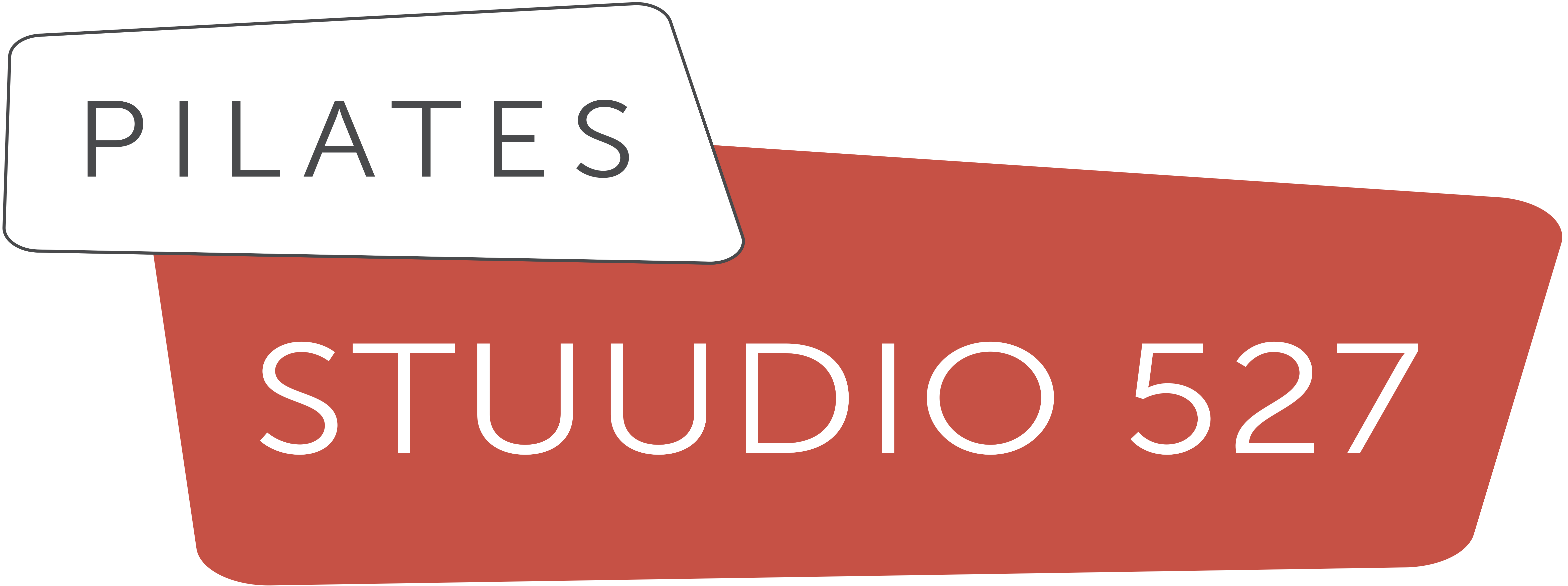Keeping on top of your bank reconciliation ensures that you’re always aware of your company’s financial situation. This helps you anticipate any cash flow challenges so you can respond appropriately. Financial accuracy is also important for ensuring that all payments have been fulfilled and orders have been completed. Outstanding checks are those that have been written and recorded in the financial records of the business but have not yet cleared the bank account. This often happens when the checks are written in the last few days of the month. Non-sufficient funds (NSF) checks are recorded as an adjusted book-balance line item on the bank reconciliation statement.
Otherwise, though, statements are a good way to stay on top of your business’s finances. To reconcile your bank accounts, you’ll first need a copy of your most recent bank statement and access to your business’s accounting records. Specifically, you’ll want access to the general ledger and cash book, which records your cash and bank transactions. Compare each bank transaction to the corresponding transaction as recorded in your general ledger, ensuring the documents match. The frequency of bank reconciliation can solved the accounting for cash discounts and trade discounts vary based on your company’s specific needs. Some businesses balance their bank accounts monthly, after receiving their monthly bank statements.
A company can ensure that all payments have been processed accurately by comparing their internal financial records against their bank account balance. Bank reconciliation statements are also important for alerting a company in case of fraud or error. To be effective, a bank reconciliation statement should include all transactions that impact a company’s financial accounts. A bank reconciliation is an essential process for ensuring that your company’s financial statements match the available cash in your business bank account. Performing regular bank reconciliations helps you stay on top of cash flow, keep organized records for tax season, and minimize the risk of fraud and theft.
The first step in performing a bank reconciliation is to review your bank statements for any discrepancies or unidentified transactions. This includes reviewing all deposits, withdrawals, fees, and other bank charges made that impact the final bank balance shown at the end of the month. If outstanding checks are left uncompleted, making comparisons to other financial records will be impossible. Add the amount of deposits in transit and subtract the amount of any outstanding checks from your bank statement’s cash balance to arrive at (and record) an what is a chart of accounts and why is it important adjusted bank balance. Similarly, add any interest payments or bank fees to your business’s cash accounts to find your adjusted cash balance. This disconnect between Fender’s accounting records and what is actually in the Fender bank account is called the bank statement difference or ledger different.
Credit management software
- If outstanding checks are left uncompleted, making comparisons to other financial records will be impossible.
- Conducting regular bank reconciliation helps you catch any fraud risks or financial errors before they become a larger problem.
- (b) Checks Nos. 789 and 791 for $5,890 and $920, respectively, do not appear on the bank statement, meaning these had not been presented for payment to the bank by 31 May.
As a result, you didn’t notice the payment actually bounced until your end-of-the-month bank reconciliation. If you’re searching for accounting software that’s user-friendly, full of smart features, and scales with your business, Quickbooks is a great option. Once the balances are equal, businesses need to prepare journal entries to adjust the balance per books. After adjusting the balances as per the bank and as per the books, the adjusted amounts should be the same.
Reasons for Difference Between Bank Statement and Company’s Accounting Record
Michelle Payne has 15 years of experience as a Certified Public Accountant with a strong background in audit, tax, and consulting services. Michelle earned a Bachelor’s of Science and Accounting from Minnesota State University and has provided accounting support across a variety of industries, including retail, manufacturing, higher education, and professional services. She has more than five years of experience working with non-profit organizations in a finance capacity. beginning inventory definition Keep up with Michelle’s CPA career — and ultramarathoning endeavors — on LinkedIn. At Finance Strategists, we partner with financial experts to ensure the accuracy of our financial content. Finance Strategists has an advertising relationship with some of the companies included on this website.
Adjusting Discrepancies Between Books and Bank
Before sitting down to reconcile your business and bank records, gather your company ledger and the current and previous bank statements. You can get a template online to use for your bank reconciliation statement, or you can use a spreadsheet. Income from variable sources like interest and investment may be difficult to predict. As such, exact amounts may not be accurately included on financial statements before the reconciliation process. When the business receives its bank statement, it can use the final amounts of interest and investment income to make adjustments and reconcile its financial statements. Conducting regular bank reconciliation helps you catch any fraud risks or financial errors before they become a larger problem.
Our Team Will Connect You With a Vetted, Trusted Professional
Let’s take a look at a hypothetical company’s bank and financial statements to see how to conduct a bank reconciliation. To do this, businesses need to take into account bank charges, NSF checks, and errors in accounting. Adjust the cash balances in the business account by adding interest or deducting monthly charges and overdraft fees. Nowadays, many companies use specialized accounting software in bank reconciliation to reduce the amount of work and adjustments required and to enable real-time updates.
